Set / book of flayed people engravings, front and side views (skeletons and muscles)
CREPY & CHARPENTIER, First edition of the "anatomical tables in soft tail of the different parts of the human body" after the best authors of this genre, and enriched with several short stories, very curious and very useful figures, made as exact as possible, by the care of François-Michel DISDIER, master of arts and surgery, demonstrator in anatomy and other surgical materials"
Original Engravings on copper in intaglio, format in folio, nice prints on 18th cty rag paper.
"This entirely engraved treatise on anatomy consists of a frontispiece title after Franois BOUCHER, 29 plates engraved by Etienne CHARPENTIER, but also DENZEL, VASSEUR and MATHEY, 30 ff of engraved texts for the warning and explanation of the plates."
Each plate is accompanied by a 2nd text plate describing in a precise and detailed way what is represented (legends)
Our work (slightly incomplete) includes:
*25 anatomy plates (4, 6, 8, 10, 12, 14, 18, 20, 22, 24, 26, 28, 30, 32, 34, 36, 38, 40, 42, 44, 46, 48, 50, 52, and 54; the plates of the frontispiece, 2, 16, 56 and 58 are missing)
*and 23 explanatory plates (7, 9, 11, 13, 15, 17, 19, 21, 23, 27, 29, 31, 33, 35, 37, 39, 41, 45, 47, 49, 51, 53 and 55; plates 2, 25, 43 and 57 are missing)
*The loose pages have never been bound but kept in an original and period paper cover.
Condition: tears, halos, tasks, kinks and corners, but very nice overall presence.
Photos of all the plates are available, possible to send them on request to fabien.siegfried@yahoo.com
Format 26*38.5cm for each sheet / page
A frame of the anatomy engravings is possible one by one, ideally between 2 glasses with the explanatory plate on the back of each frame. Such a decoration could tastefully embellish a corridor, a library or a cabinet of curiosities.
The representation of the human body here takes on a vegetal and poetic style, graphically very nice. (For example, we are in a very different stylization here from those of the 16th or 17th centuries (we think in particular of the early 17th century work of Ambroise PARE).
Such decoration could tastefully embellish a corridor, a library or a cabinet of curiosities.
Please check my next annoucements for other similar antquities











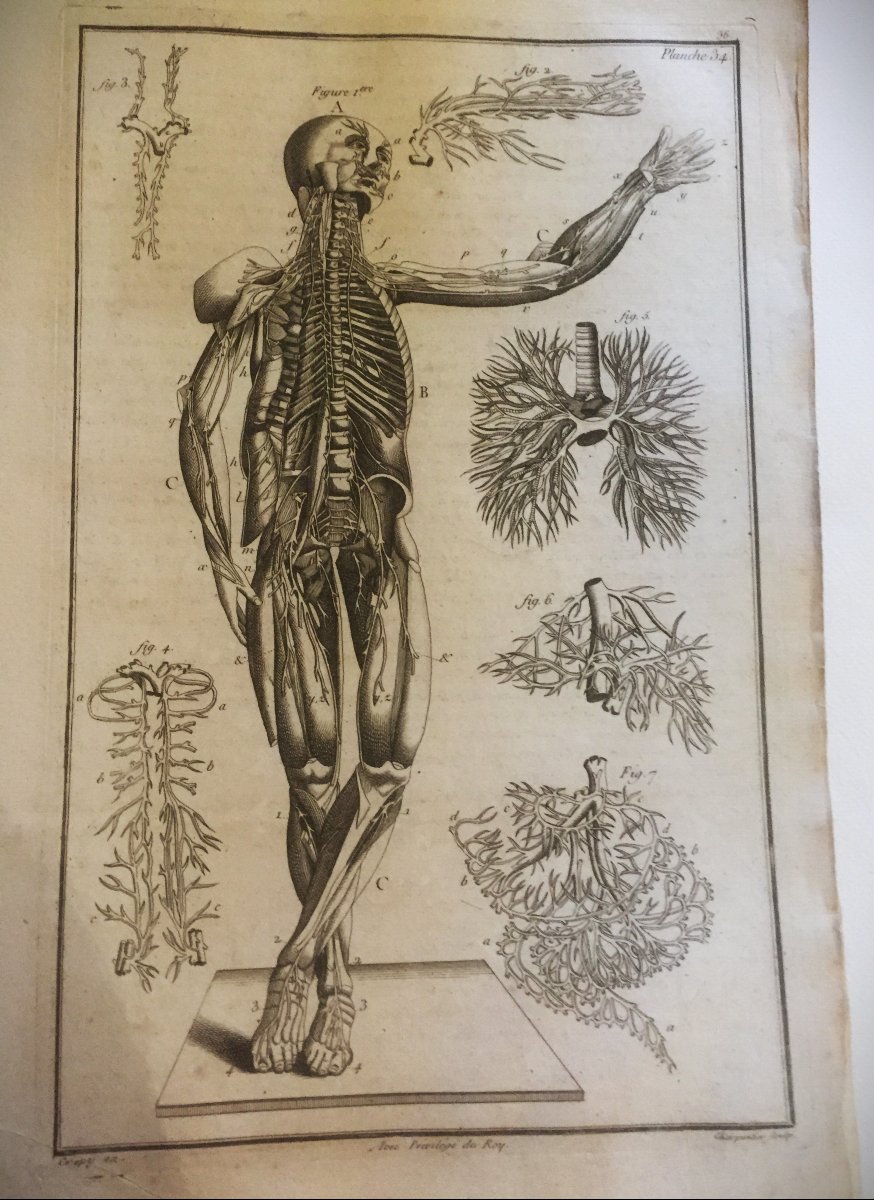

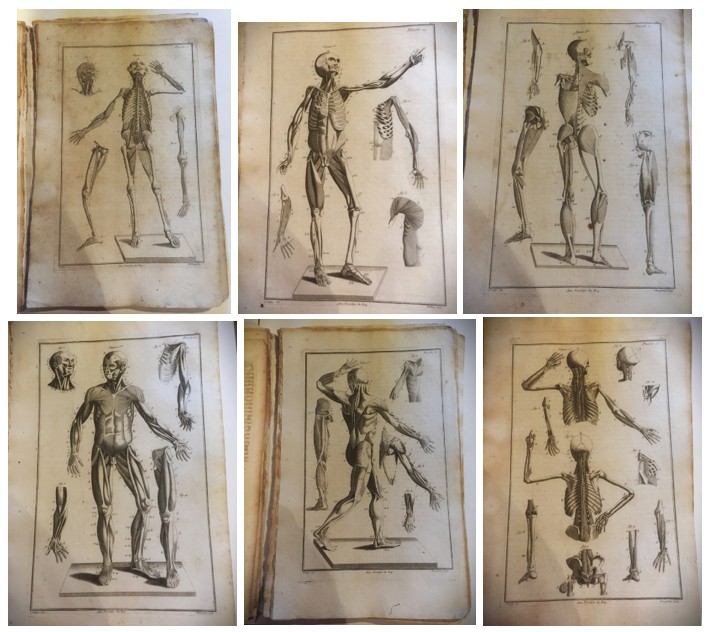













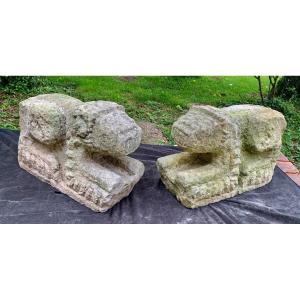

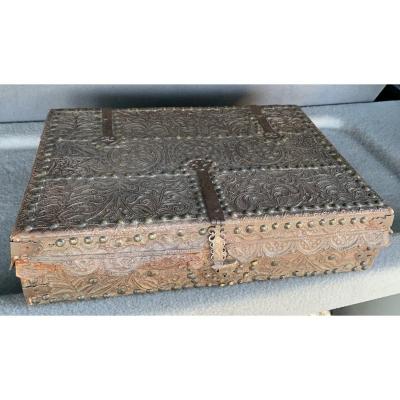
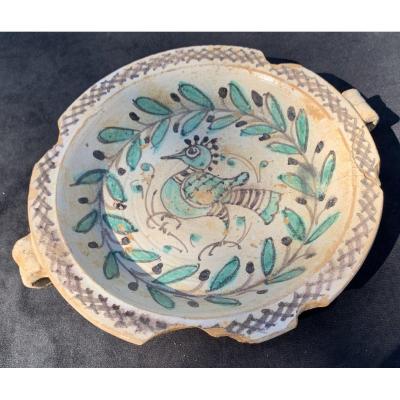

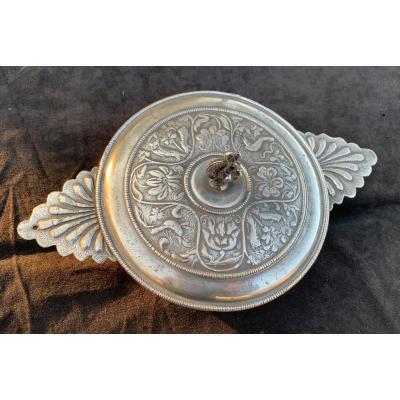
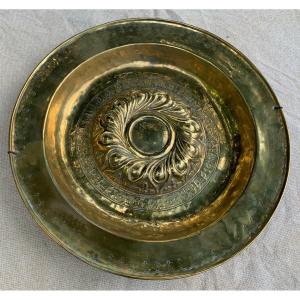
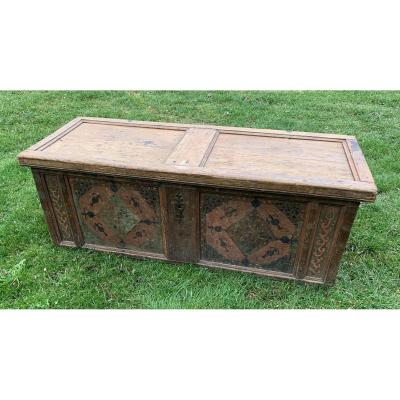
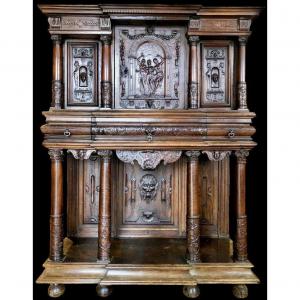
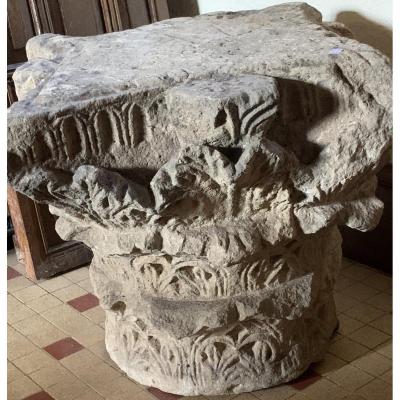







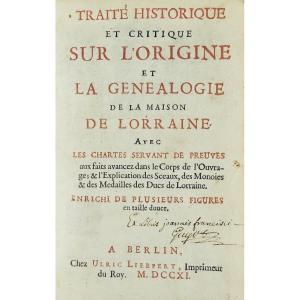





 Le Magazine de PROANTIC
Le Magazine de PROANTIC TRÉSORS Magazine
TRÉSORS Magazine Rivista Artiquariato
Rivista Artiquariato